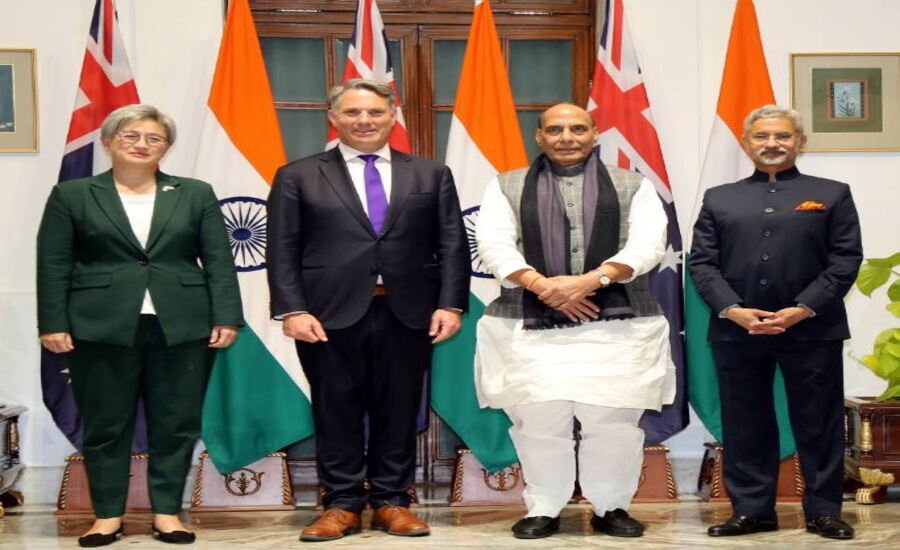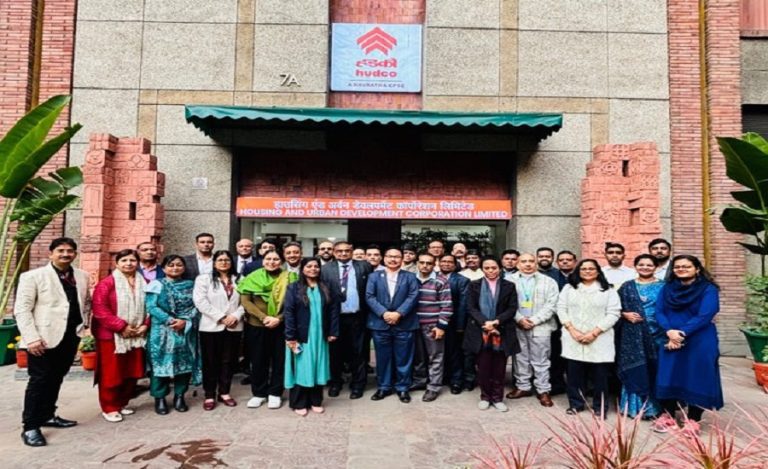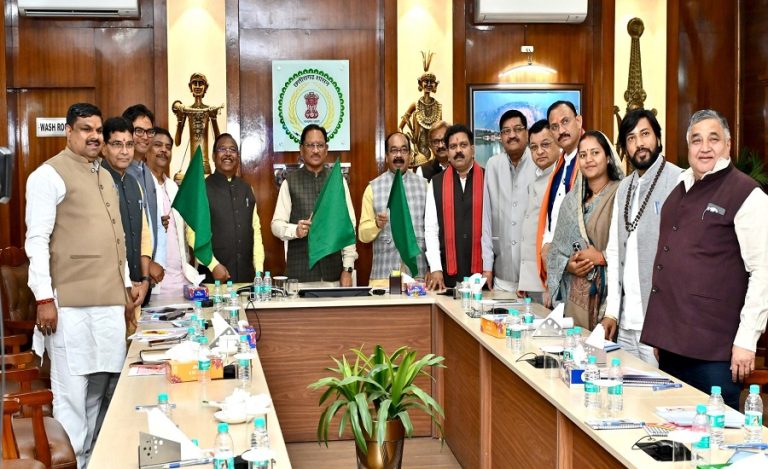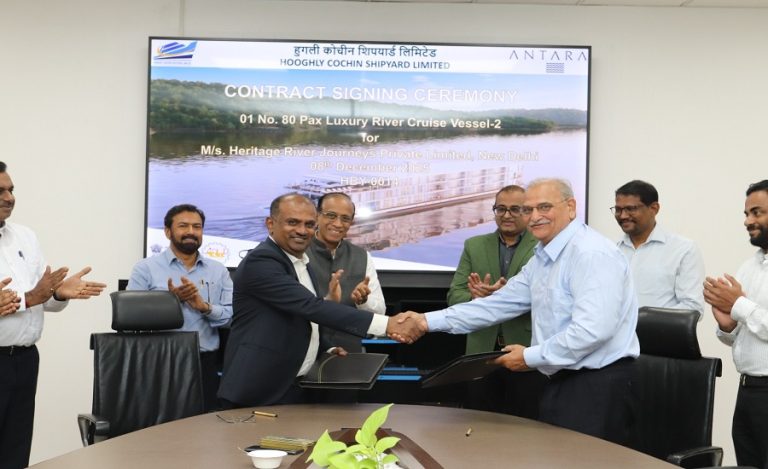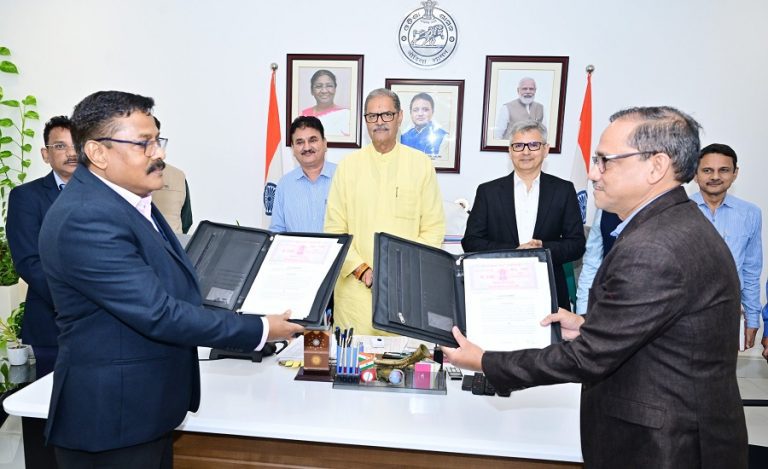New Delhi/Canberra: India and Australia have cemented their defence partnership with three groundbreaking military agreements that Australian Deputy Prime Minister Richard Marles termed “hugely significant” for regional security.
Defence Minister Rajnath Singh, currently on a landmark two-day visit to Australia, signed the strategic pacts with his Australian counterpart Richard Marles in Canberra on Thursday, elevating bilateral defence cooperation to unprecedented levels.
Three Game-Changing Defence Agreements
The agreements signed during the high-stakes meeting at Parliament House, Canberra, focus on critical areas that will reshape military collaboration between the two Indo-Pacific democracies.
The first agreement centers on exchange of classified military information, the second covers submarine rescue operations, and the third focuses on conduct of military-level talks, sources confirmed.
Australian Deputy PM Marles described the defence pact as a “hugely significant step” in strengthening operational partnership between the armed forces of both nations.
These agreements aim to enhance cooperation in information sharing, maritime domain awareness, and joint military activities—addressing shared security concerns in the strategically vital Indo-Pacific region.
Marking Five Years of Strategic Partnership
Singh’s visit comes at a pivotal moment as India and Australia celebrate five years of the India-Australia Comprehensive Strategic Partnership.
The Defence Minister arrived in Canberra on Thursday and was received by Peter Khalil, Australia’s Assistant Minister of Defence, and Vice Admiral at the airport, reflecting the high priority both nations accord to this partnership.
The agreements build upon the momentum of bilateral defence cooperation that has witnessed exponential growth in recent years, particularly in maritime security and intelligence sharing.
High-Level Diplomatic Engagement
Beyond defence agreements, Rajnath Singh’s visit included crucial meetings with top Australian leadership.
Singh met Australian Prime Minister Anthony Albanese in Canberra and expressed confidence that “the relationship will continue to grow deeper and stronger”.
The Defence Minister also held extensive bilateral discussions with Deputy PM Marles, accompanied by senior defence officials from both sides, to chart the future course of military cooperation.
Focus on Maritime Security & Indo-Pacific Stability
India and Australia discussed a new mutual maritime security framework aimed at deepening cooperation for a ” free, open, and resilient Indo-Pacific”.
The maritime dimension remains central to the bilateral defence partnership, given both nations’ strategic interests in the Indian Ocean Region and shared commitment to freedom of navigation.
The agreements will facilitate enhanced intelligence sharing on submarine movements, autonomous underwater vehicles, and other maritime security challenges facing the region.
Business & Industry Roundtable
Singh’s itinerary also included a roundtable with industry leaders to boost defence business ties, signaling both countries’ intent to expand defence industrial cooperation beyond government-to-government arrangements.
This business engagement reflects the maturity of the defence partnership, moving towards co-production, co-development, and technology transfer opportunities.
Strategic Significance for Regional Security
The agreements mark a major milestone in growing strategic alignment under the comprehensive strategic partnership established five years ago.
Defence analysts view these pacts as India’s acceleration of regional defence diplomacy amid evolving security challenges in the Indo-Pacific.
The coordinated operations framework will give fresh momentum to bilateral and multilateral military cooperation, particularly within the Quad mechanism involving India, Australia, Japan, and the United States.
Looking Ahead
The India-Australia defence partnership has emerged as a cornerstone of Indo-Pacific security architecture. With these agreements, both nations have demonstrated their commitment to practical military cooperation that goes beyond rhetoric.
As strategic convergence deepens, the two countries are expected to expand joint exercises, interoperability initiatives, and defence technology collaboration in coming months.
The visit has set the stage for the next 2+2 Ministerial Dialogue planned for 2025 in Australia, which will further elevate strategic coordination between both nations.

